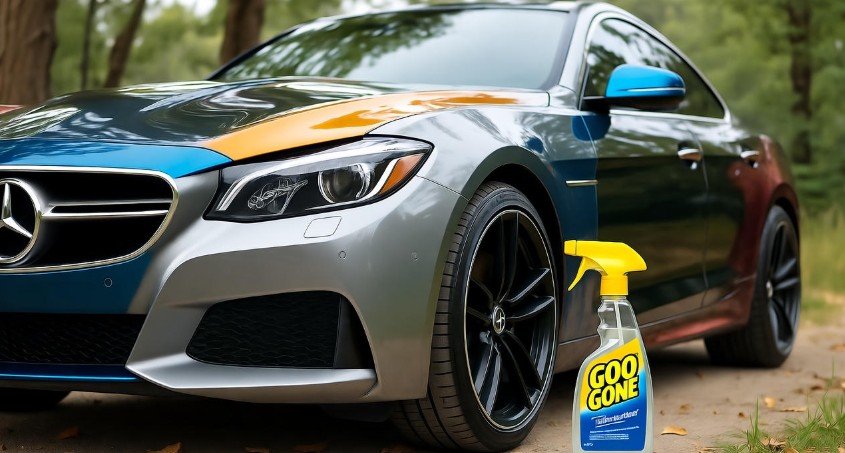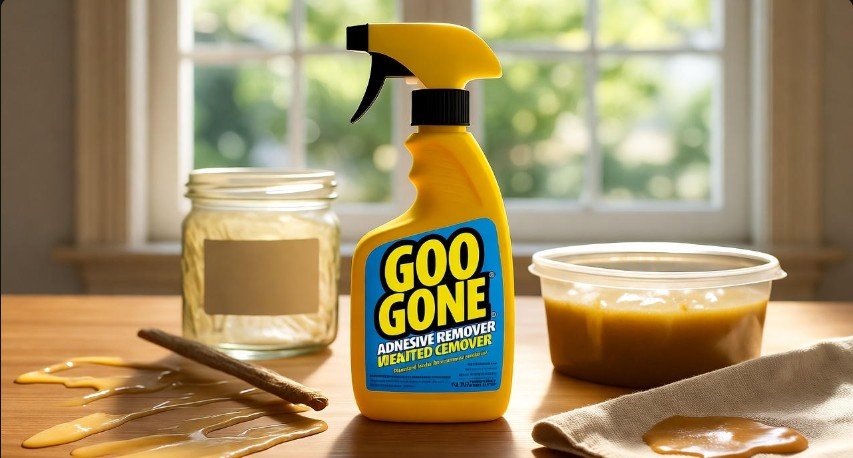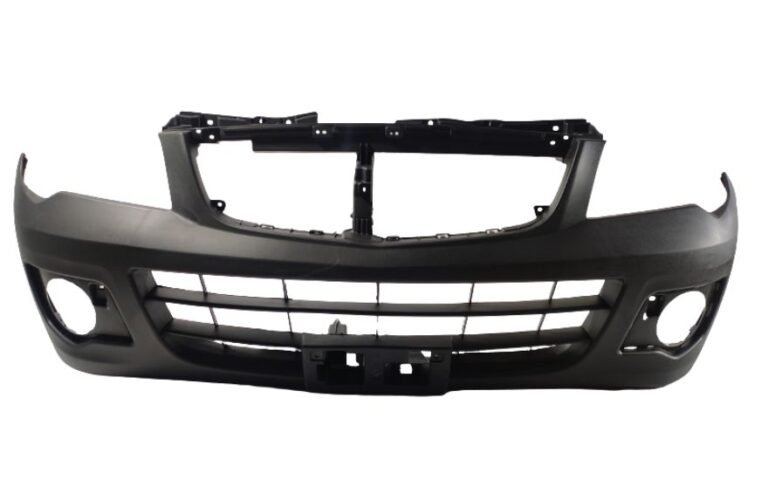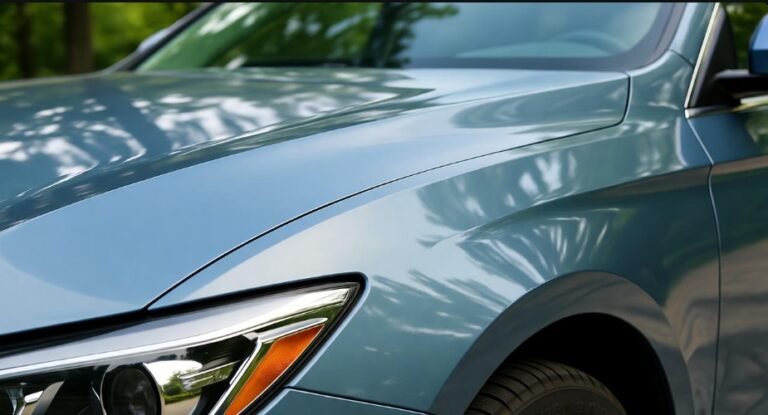Can You Use Goo Gone on Car Paint? Pros and Cons Explained

Cleaning your car can feel like a small victory when it’s sparkling clean. But then, life happens—sticky residue from stickers, decals, tree sap, or even leftover tape from a recent repair can suddenly turn your shiny ride into a sticky mess. That’s when you might have heard of Goo Gone—a product many swear by for removing tough adhesives. But here’s the million-dollar question: can you use Goo Gone on car paint? The answer is yes, but with caution. Let’s dive into the details, pros, cons, and everything in between so your car stays flawless while the sticky stuff disappears.
Understanding Goo Gone and Its Uses

Goo Gone is a versatile adhesive remover that has become a household staple. Its appeal comes from its ability to tackle sticky messes without harsh scrubbing. From crayon marks on walls to gum on furniture, Goo Gone has earned a reputation for gently dissolving stubborn residues. In the automotive world, it’s often used to remove decals, stickers, tar, and adhesive residues left behind after labels or protective films are removed.
What makes Goo Gone unique is its formulation—it’s designed to be safe on multiple surfaces, including plastic, glass, metal, and yes, car paint. Unlike harsh chemical solvents that can strip or damage finishes, Goo Gone is formulated to be gentle while still effective. That said, even gentle products require care when applied to a vehicle’s exterior to prevent unintended damage.
Is Goo Gone Safe for Car Paint?
Many car enthusiasts worry about any chemical touching their car’s paint. Understandably so—your car’s paint is not just about aesthetics; it’s a protective layer against the elements. The good news is that Goo Gone is generally safe for car paint. It won’t immediately strip your paint or damage the clear coat if used correctly.
However, the key word here is “correctly.” This means avoiding excessive scrubbing, testing the product on a small, inconspicuous area first, and following the instructions. Even safe products can react differently depending on the paint type, age, or previous treatments like wax or ceramic coatings. Think of it like seasoning food—you wouldn’t pour salt straight into a cake batter without tasting first. Testing ensures your paint stays intact and your car’s finish remains flawless.
Step-by-Step Guide: Using Goo Gone on Car Paint
Using Goo Gone on your car doesn’t need to be complicated. Here’s a step-by-step method that keeps things safe while effectively removing residue:
-
Read Instructions Carefully: Every bottle of Goo Gone comes with usage directions. Skipping this step is like ignoring a GPS—you might end up somewhere you don’t want to be.
-
Test on a Hidden Area: Choose a spot like the inside of a door or trunk. Apply a small amount, wait a few minutes, and check for any discoloration or reaction.
-
Apply the Product: Dampen a clean cloth or sponge with a small amount of Goo Gone. Avoid pouring it directly on the car paint.
-
Gently Rub the Residue: Use circular motions to loosen the sticky substance. Patience is key—don’t rush by scrubbing aggressively, which may scratch the paint.
-
Wipe Clean: Remove the dissolved residue with a clean, damp cloth.
-
Rinse and Dry: Wash the area with water, and dry thoroughly to avoid streaks or water spots.
-
Repeat if Necessary: Some stubborn adhesives may require multiple applications. Always ensure each layer is wiped and rinsed before reapplying.
-
Final Wash: After Goo Gone use, washing with mild soap and water ensures no chemical residue is left behind, protecting your car’s shine.
Pros of Using Goo Gone on Car Paint
Using Goo Gone can feel like having a secret weapon in your car care toolkit. Here’s why:
-
Effective on Sticky Residues: Removes adhesives, sap, crayon marks, and labels without harsh scrubbing.
-
Gentle on Paint: Unlike acetone or nail polish remover, it doesn’t typically harm automotive finishes when used correctly.
-
Time-Saving: Cuts through stubborn gunk faster than soap and water alone.
-
Versatile Use: Can also clean windows, plastic trims, and chrome parts safely.
-
Convenience: Readily available in most hardware and auto supply stores.
In short, Goo Gone provides a safe, practical solution to a problem most car owners face at some point, making it a valuable addition to your car cleaning arsenal.
Cons and Precautions
No product is perfect, and Goo Gone is no exception. While it’s safe for most uses, ignoring precautions can backfire:
-
Not for Damaged Paint: Avoid using it on chipped or cracked paint as it may worsen the damage.
-
Potential Scratches: Aggressive rubbing can leave micro-scratches, especially on older paint.
-
Allergies and Fumes: Goo Gone has a noticeable smell, and prolonged exposure can irritate skin or lungs, so gloves and ventilation are recommended.
-
Repeated Use: Some stubborn adhesives might require several applications, which can increase risk of surface damage if not careful.
Think of Goo Gone like a powerful tool in your garage—use it wisely, and it works wonders; misuse it, and you risk harming your prized ride.
Precautions and Tips for Safe Application
Safety doesn’t have to be complicated. Simple steps ensure you get the best results without hurting your car:
-
Always test first on a hidden area.
-
Avoid using on cracked or aged paint.
-
Use soft microfiber cloths instead of rough sponges.
-
Work in a well-ventilated space to avoid inhaling fumes.
-
Apply gentle pressure; let the product do the work.
-
After treatment, wash the area to remove any leftover Goo Gone residue.
Following these precautions makes the process almost foolproof, keeping your car spotless without compromising its finish.





